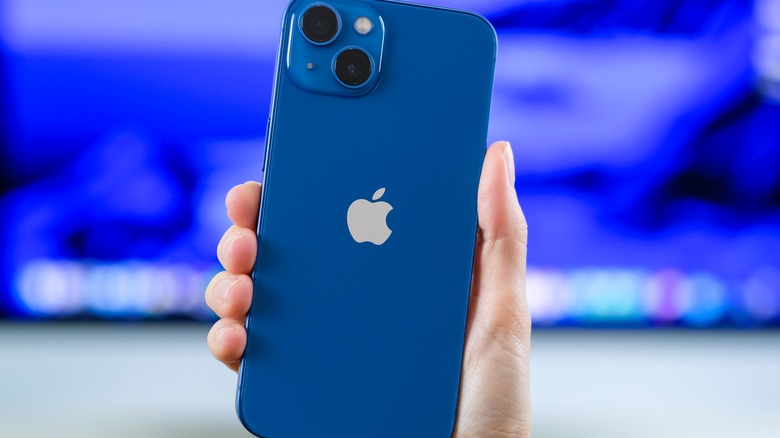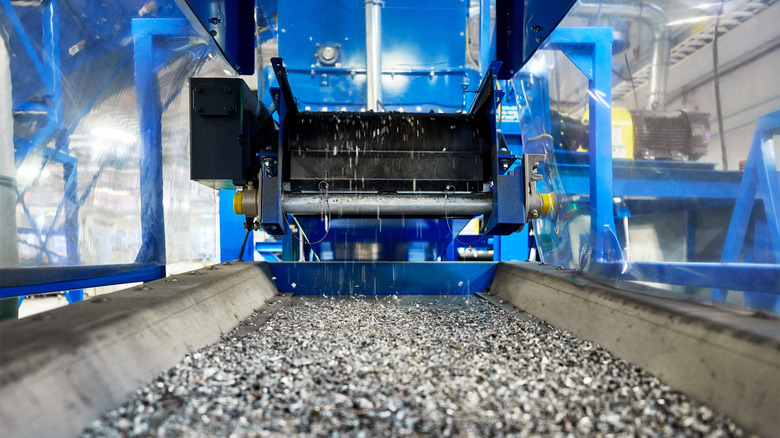Apple's New iPhone-Shredding Robot Has Good Intentions
Apple's iPhone may be about to reach a turning point in the way it gets produced, as the company aims to include far more recycled material in its handsets than ever before. As part of Apple's latest report on eco-friendly initiatives, the company has introduced the world to its latest recycling robot. Apple's new shredder-like robot is called Taz, and it's made to be smart about the way it rips iPhone components limb from limb. Taz was designed to separate pieces of electronics in such a way that workers in Apple's Material Recovery Lab, located in Austin, Texas, can easily nab the precious rare earth elements inside. These elements, such as gold, tungsten, cobalt, and tin, are required to construct logic boards, batteries, and chassis for all Apple devices.
This is just the latest in a series of stories about Apple reusing existing products. It's been speculated since last month that multiple iPhone 14 models releasing later this year might make use of an older-generation chipset, breaking away from Apple's yearly tradition of bumping CPU performance up a few notches each fall. If true, this measure could be taken to mitigate the global electronics shortage while minimizing production costs for new chips, which is also in line with Apple's overarching efforts to lower its ecological footprint and reuse materials in general.
Apple's shredder robot expands production possibilities
The new shredder-bot, Taz, is not the first fully-automated robot constructed by Apple for the purpose of repurposing old Apple electronics. It's actually the third in its line, supplementing Daisy, which itself succeeded Liam. The former, which reportedly recycles 200 iPhones per hour, according to Apple, can now tear down 23 different varieties of iPhone for parts. Liam was revealed in the year 2016 and Daisy was introduced in 2018.
Taz differs from Daisy in that its mechanisms are designed specifically to break down certain iPhone parts that Daisy wasn't quite able to separate. Its shredding automation allows the separation of magnets from audio modules and breaks parts down in a way that allows Apple to harvest rare earth elements. Using Taz, Apple will be able to expand its process of using recycled materials for new products. For example, both the iPhone 13 and iPhone 13 Pro were the first Apple products to use the company's own certified recycled gold. Apple products released in the year 2021 also included recycled tin, recycled cobalt, and a number of certified recycled rare earth elements in their construction.
Apple also noted that it uses a third robot, named Dave, to disassemble Taptic Engines found in iPhone and Apple Watch devices. Inside each Taptic Engine is an amount of precious tungsten and steel, which Apple also seeks to recycle and reuse in future products.

